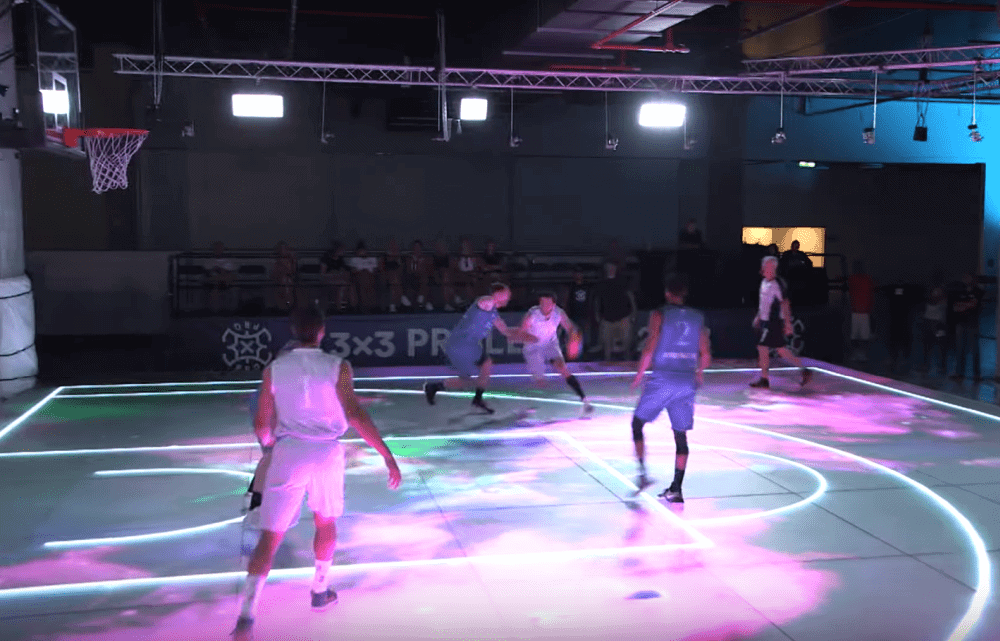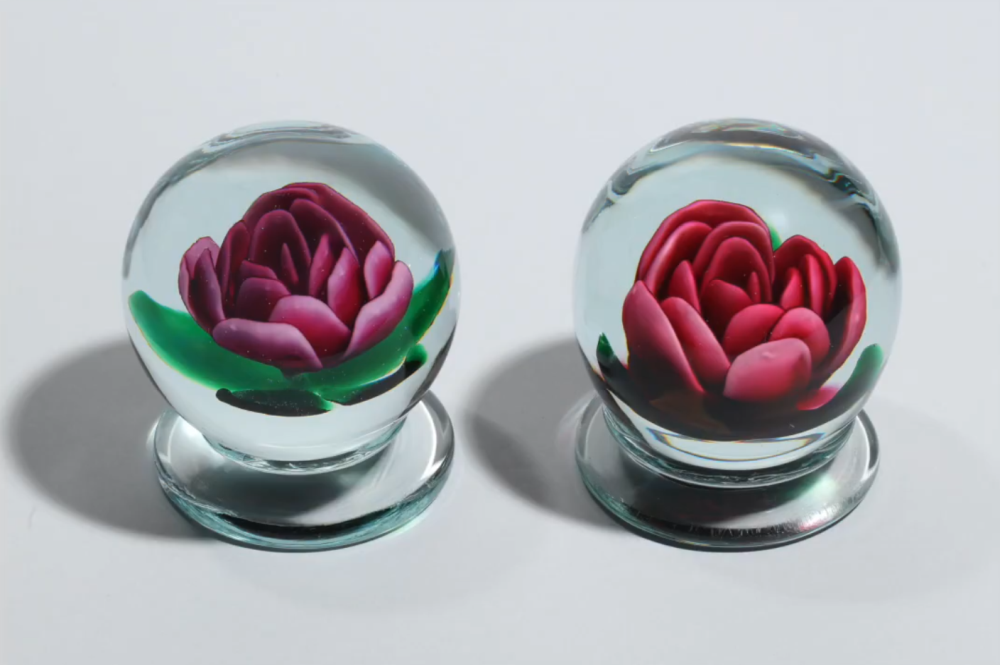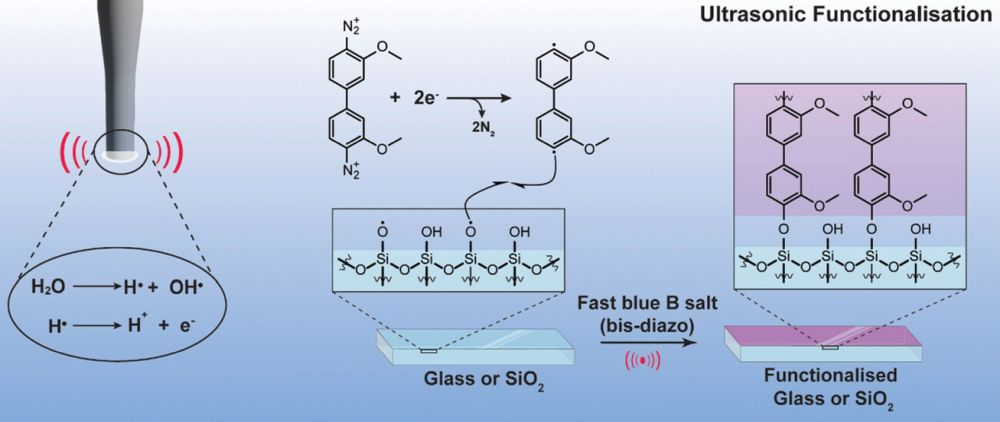
[Image above] The LumiFlex glass floor by ASB is the first-ever full video floor. Credit: ASB GlassFloor, YouTube
When considering which material to use for a load-bearing structural element, concrete and steel are near the top of any architect’s lists. In recent years, however, another material has surprisingly shown itself capable of such applications—glass.
Traditionally, glass is used in non-load-bearing architectural elements, such as curtain walls, due to its brittleness. But advancements in glass processing and design have improved the material’s mechanical properties to the point that glass is starting to be used in load-bearing applications as well, such as bridges and flood walls.
With March Madness ending this weekend, now is an opportune time to highlight another recent example of glass being used in a load-bearing application—and to build hype for the FIBA U19 Women’s Basketball World Cup coming in July.
On Monday, March 27, the International Basketball Federation (FIBA) announced the first-ever use of an innovative glass court in an official FIBA competition. The LumiFlex glass floor was designed by pioneering German manufacturer ASB.
ASB, short for aluminum system construction, was founded in 1965 as a company for interior construction. The company originally achieved success through a prefabricated aluminum building system. But since 2006, ASB became known for its innovations in glass sports floors, particularly in the world of squash.
ASB launched the LumiFlex line of glass floors in 2016. The LumiFlex textured glass surface is embedded with dynamic LED technology, allowing it to function as the first-ever full video floor.
Not only can it provide markings for multiple sports, the LumiFlex glass floor can stream a broadcast, project game stats, or beam advertisements on its surface. So, it is useful in venues far beyond just professional sports events. (For example, country star Garth Brooks used a LumiFlex stage for his 2016 tour of arenas and stadiums.)

Credit: ASB GlassFloor, YouTube
Regarding the use of LumiFlex in the upcoming World Cup, FIBA previously cleared the LumiFlex glass floor for competitive use at Levels 2 and 3 in 2017. However, it wasn’t until last year, 2022, that FIBA cleared it for use in Level 1 basketball competitions. This slow approval was due to several concerns the federation had about the floor, according to a Sports Business Journal article.
“A concern was that the out-of-bounds lines, shining up from beneath the floor, would not be the right size or angle. Or that the brightness of the floor would affect the clarity of TV broadcasts. Or that the light and glass would combine to make the court hot to the touch,” the SBJ article explains.
However, after FIBA strategically observed the 3-on-3 Ruhr Games in Bochum, Germany, in 2021, played on a LumiFlex glass court, the federation determined “that the court’s lines were precise, that the floor’s matte finish created actually less glare on TV, and that the glass was only five to 10 degrees warmer than a hardwood floor,” the SBJ article continues.
Coaches and teams arriving for the FIBA U19 Women’s Basketball World Cup will get a tutorial on the LumiFlex glass court, as well as time to practice on it, before the tournament starts.
“It is with great pride that we look forward to witnessing the premiere of this glass flooring court on the world stage in July,” says FIBA secretary general Andreas Zagklis in a news release. “Delivering on one of our strategic priorities, it also underlines just how much FIBA is determined to advance our sport so we can make basketball even more appealing and engaging for fans, while also enhancing the experience for players.”
Author
Lisa McDonald
CTT Categories
- Construction
- Glass


